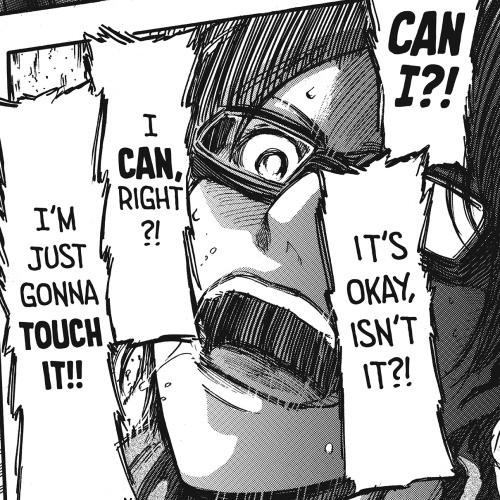The album Jun Ray Song Chan starts off with Hana, Japanese for flower. The song is nearly similar to Tsuginegi To Ittemita, staccato bursts of Japanese chanting processed electronically. There are two voices, a guy who sounds like he has had his vocal chords reworked with a heavy hammer, and a female voice that brings to mind a stoned J-pop singer. Backed with a melancholy violin melody and paced by the weirdest sounding tabla you will ever hear. And I mean a genuine tabla, not one of those electronic thingummijigs Talvin Singh uses. The combination makes for one very odd listen, especially when the chants are spliced and precisely echoes the tabla player’s flourishes.
Just when I was done with Hana and was about to dismiss the band as a one-trick pony, ‘Preach’ kicks in. Starts off with a brass signature accompanied by squelching sounds. ( Did these people play a trumpet underwater? Man! ) Then the tabla goes mad for quite sometime – forcing me to reduce the volume on my speakers. Surprise, surprise, the squelching sounds turn out to be spoken voices! There is a sudden burst of an acoustic guitar in the proceedings. Where on earth is this song going?
‘Kobana’ begins with a mouth-organ solo, with the same chants from Hana playing in the background, only modified to a high pitch. This song is like a reworked version of the first song, the mouth organ melody being the focus here. A freaking eerie melody at that.
‘Nigatsu’ is the strum of an acoustic guitar in a thunderstorm. More creepy voices, but a more coherent ( and soothing) guitar melody. The more I listen to the chanting voices, the more they sound like chopped syllables from a random conversation. The guitar goes away completely at the end of the song, replaced by a tanpura and a sitar. And electronic phase riffs.
‘Goo Gung Gung’ is probably the most conventional Oriental arrangement. You do realise that the word “conventional” here is relative to the rest of the album? It’s too short for my taste, as is the next track “Kutsu #2”. ( Incidentally ‘Kutsu’ comes at the end of the album. )
The longest track in the album ‘Jippun’is a frenzy of trippy electronic pitchshifting and kanjira ( Yes, Kanjira ) flourishes. At nine minutes and thirty three seconds, it’s like the bastard child of Bjork and Zakir Hussain ODed on ecstasy and came up with this track. Ditto ‘Tabla Bol (Catastrophe)’, the second last song on the album.
And unless I am losing my mind, ‘Kokoni Sachiari’ has the same sample as the beginning of ‘Beat of Passion’ in ARR’s Taal, the breathy whistle that starts BoP. It also has some sexily processed sitar sounds – sitar in an IDM track!! I didn’t think I would see the day.
I had heard ‘Tsuginegi to Ittemita’ about four years ago, and was fortunate enough to come across a complete package of all of Asa Chan and Jun Ray’s albums ( two in all, not counting an EP ). I don’t think these folks are ever going to attain mainstream popularity any time, considering the kind of music they make. ANd there’s not much information about them available online either, so I cannot even find out why so many Indian elements persist in a Japanese band. Do they play these instruments themselves or are they sampled? I am betting on the former, though.
Here’s the video of Hana,in case you are interested.
Also on the playlist:
Shankar-Ehsaan-Loy – Johnny Gaddar OST
The Cinematic Orchestra – Ma Fleur
Guitar Prasanna – Be the Change

“Mind and Body,
Heart and Soul”
Bleh!
The Johnny Gaddar OST is the panacea to all mind-body-heart-soul-related ailments, Wolf Bellied one!
hmm..
if you say so.
Idetrorce
very interesting, but I don’t agree with you
Idetrorce